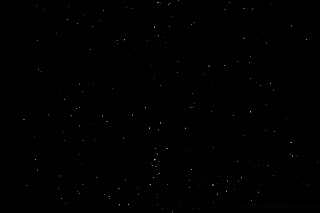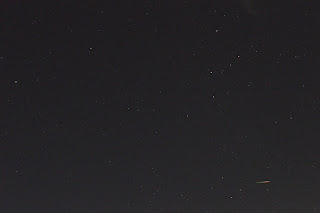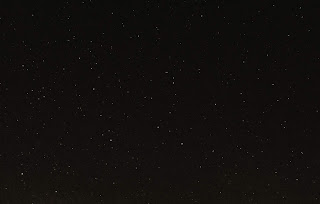The promoted teams
Most years one of two of the clubs coming up from the Championship go straight back down. Sometimes, I think the gulf between the Premiership and Championship is greater than that between League Two and the National League (formerly known as the Conference). Last season, Fulham tried to by their survival but failed miserably. By contrast, Cardiff strengthened their team the least and still went back down but finished higher than Fulham.
This year, Aston Villa spent the most and, I think they stand the best chance of survival because they have a large fan base, even through their years in the lower division. Football, being what it is, has proved better pundits than me wrong but yes, Villa should stay up. Should!
Sheffield United and Norwich have acquired some new players but would probably be happy to finish 17th and must be amongst the front runners for the drop.
The Usual Suspects
Yes, Southampton are in the mix and were not safe until a week before the end of the season. Yes, there are some very good players at the club but central defence and a proven goalscorer that plays more than a dozen games remain a constant worry. The club seems to be a magnet for strikers that are proven goalscorers but injury-prone. If certain players avoid the treatment table, a mid-table finish might be possible.
Newcastle have had a lot of off-field problems to add to their on-field ones. Many pundits have tipped them for the drop and, yes, I have included them in my list of teams to watch.
Crystal Palace have (so far) kept their best player but lost a key defender. Regulars in the bottom third of the table, along with Newcastle and Southampton, they are also vulnerable.
I tipped Brighton last season as a team that was too good to go down but possible outsiders for the drop. They nearly dropped. As their main goalscorer is a year older and more injury-prone, I now consider that they are bad enough to be in danger this season.
Dark Horses
Most years, a team that we consider too good to go down does go down or come uncomfortably close. Outside of the top 6 clubs, Everton and Wolves, the remaining 12 teams will feel relieved once they reach the "magic" 40 points which is considered enough to avoid the drop. Having said that, West Ham once went down on 41 points and last season only 38 was enough.
The first outside bet for relegation is Bournemouth. Eddie Howe has been brilliant in keeping them up and really deserves a chance at a top club. However, the club does not have the financial clout of most other teams in the Premiership and are an outside risk.
Burnley were in the relegation mix last year but I think they will do better this year, or will they? Like many teams in the bottom third, they lack a really good striker.
Whilst I expect Leicester to stay up, they have lost key players over the last 2 years and some of their best players are getting older. They should stay up but will probably do worse than they did last season.
Summary
Sorry Sheffield and Norwich fans but you are on my critically endangered list.
Much as I hate the idea, I think the 3rd relegation place will go to Southampton or Newcastle, so they are endangered.
Vulnerable are Aston Villa, Brighton and Crystal Palace.
Burnley, Leicester and Bournemouth will have poor seasons and any could finish in the bottom 6 but will probably be celebrating their end-of-season party in February.































